The book by strangers
Extraits

Ethnologie
Narratives of the Past in Malbulen. Blaan Perspectives (Mindanao, Philippines)
07/2021

Décoration
Blue and White Done Right. The Classic Color Combination for Every Decorating Style
10/2023
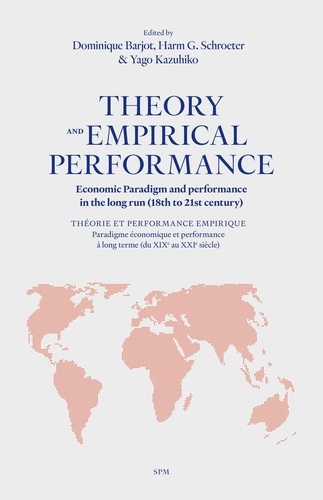
Théorie, doctrine économique
Theory and Empirical Performance. Economic Paradigm and performance in the long run (18th to 21st century), Textes en français et anglais
06/2022

Histoire ancienne
THE ROMAN CAVALRY. From the First to the Third Century AD
01/1992
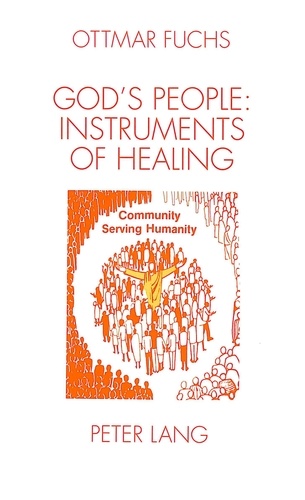
Religion
God's People: Instruments of Healing
07/1993
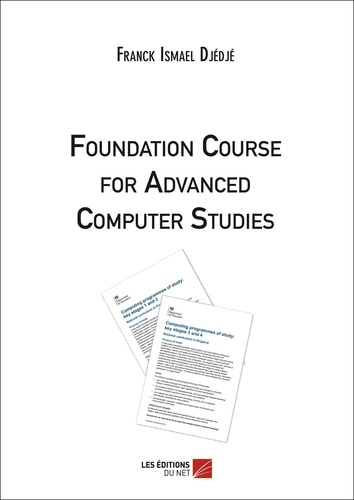
Informatique
Foundation Course for Advanced Computer Studies
11/2015
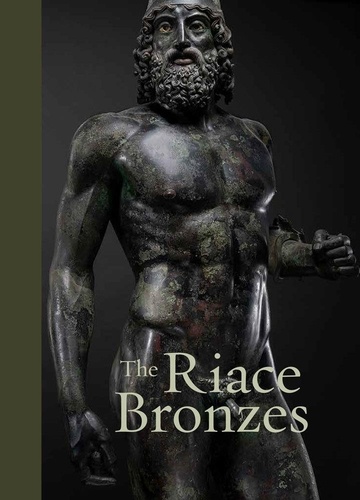
Sculpture
The Riace Bronzes
10/2022

Droit européen des affaires
Lobbyst. Revelations from the EU Labyrinth, 2e édition
12/2023

Histoire et Philosophiesophie
Concepts of Mass in Contemporary Physics and Philosophy
01/2000
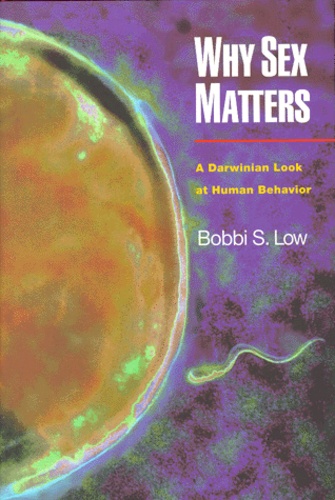
Histoire et Philosophiesophie
WHY SEX MATTERS. A Darwinian Look at Human Behavior
01/2000
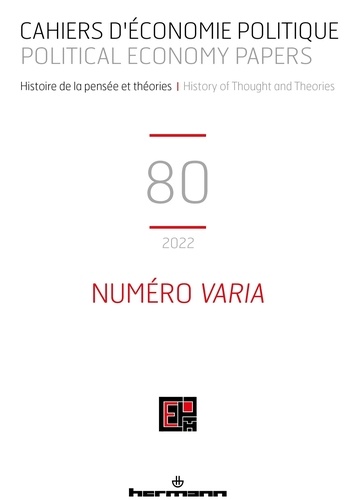
Economie politique
Cahiers d'économie politique N° 80, 2022
03/2022

Histoire et Philosophiesophie
SCIENCE, TECHNOLOGY AND SOCIETY IN CONTEMPORARY JAPAN
01/1999

Sciences de la terre et de la
A thin cosmic rain : particles from outer space
01/2000

Instruments de musique
Miniaturen. für Klarinett und Akkordeon. clarinet in Bb and accordion. Partition d'exécution.
05/2023
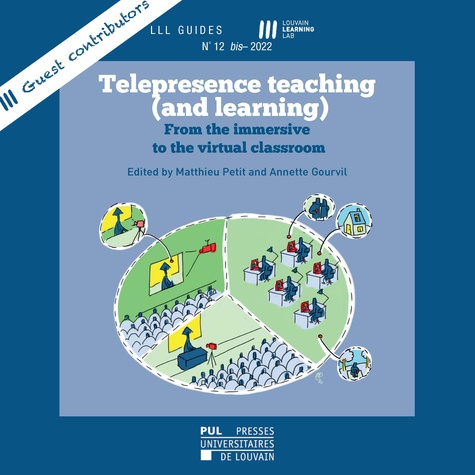
Sociologie
Cahiers du LLL n° 12 bis – Telepresence teaching (and learning). From the immersive to the virtual classroom
06/2022
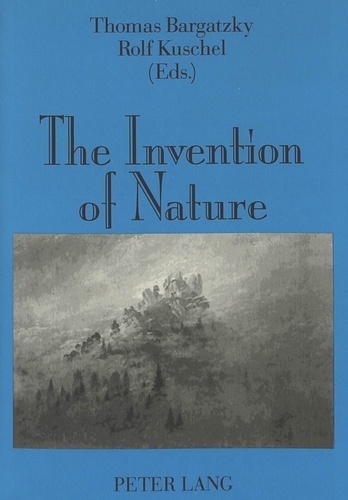
Non classé
The Invention of Nature
01/1994

Art contemporain
Jared Bark Book of Stacks Stack of Books /franCais/anglais
07/2022
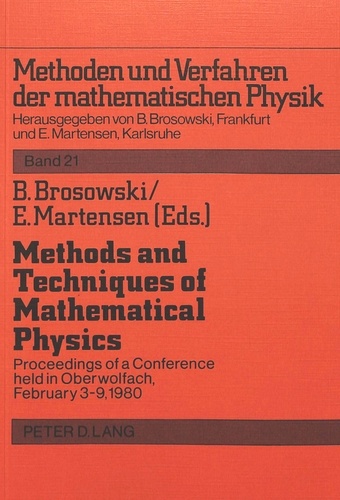
Non classé
Methods and Techniques of Mathematical Physics
12/1981

Sociologie
Histoires de famille et littérature de jeunesse. Filiation, transmission, réinvention ? Textes en français et anglais
12/2020
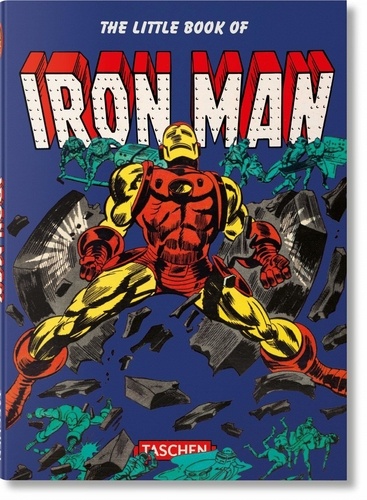
Comics
The Little Book of Iron Man. Edition français-anglais-allemand
06/2018

Nourrissons
Mon bébé de 0 à 3 ans. The Book
02/2023

Non classé
The Church of North India
04/1994

Non classé
Read Ancient African scripts from any current African language. Volume 2
05/2020
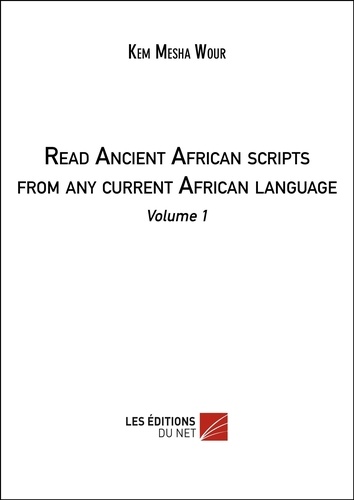
Non classé
Read Ancient African scripts from any current African language. Volume 1
05/2020

Non classé
Political Economy and Fiction in the Early Works of Harriet Martineau
11/1999

Archéologie
Exploration archéologique de Délos. Tome 46, L'Artémision Tome I, L'histoire des fouilles et le temple hellénistique
12/2021

Anglais apprentissage
A multitude of Sins. Richard Ford
11/2007
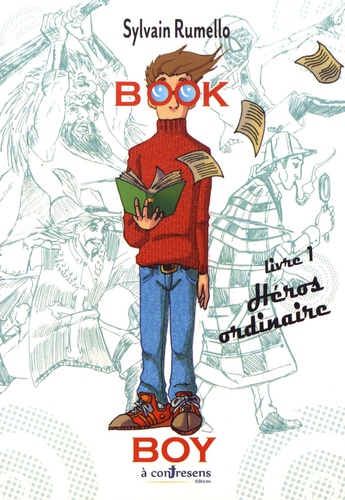
Lecture 9-12 ans
Book Boy Tome 1 : Héros ordinaire
09/2019

Histoire internationale
Charge of the Bull
06/2012

Policiers
Goebius' Strange Model
01/2020

